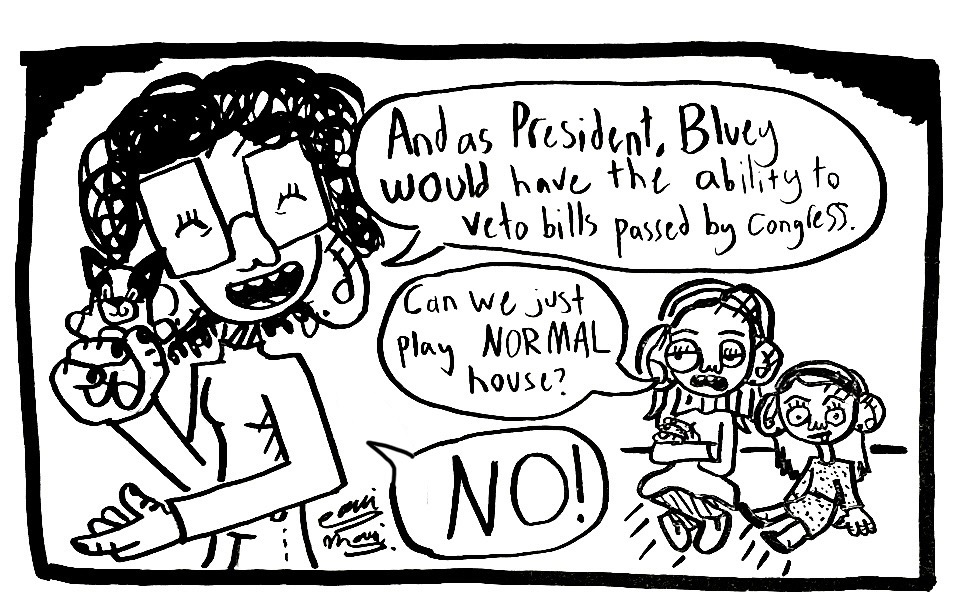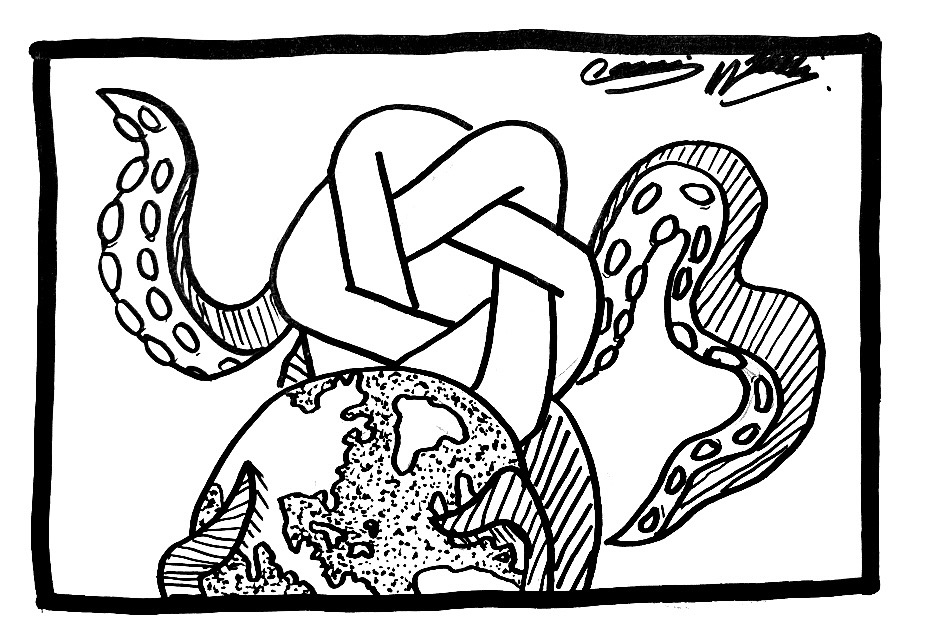 Rushing down G Street, students fly by the buildings where they spend much of their time during their tenure at GW. Whether scribbling notes during lectures at Funger Hall, screaming at basketball games at the Smith Center or grabbing meals at the GW Deli, students spend countless hours getting to know the edifices that line G Street. Yet, among these familiar places stands a building as mysterious in name as it is in location. This 118-year-old structure that once welcomed such historical figures as the Kennedy family and evokes so many questions from so many students is The School Without Walls.
Rushing down G Street, students fly by the buildings where they spend much of their time during their tenure at GW. Whether scribbling notes during lectures at Funger Hall, screaming at basketball games at the Smith Center or grabbing meals at the GW Deli, students spend countless hours getting to know the edifices that line G Street. Yet, among these familiar places stands a building as mysterious in name as it is in location. This 118-year-old structure that once welcomed such historical figures as the Kennedy family and evokes so many questions from so many students is The School Without Walls.
SWW is a comprehensive college preparatory high school, said Sheila Harris, the school’s assistant principal. More than 300 students from grades nine through twelve grade attend the school. Called the Grant School when it was built in 1882 as an elementary school, the name was changed to SWW and converted to a high school in 1971.
SWW, while part of the D.C. public school system, is unique because it encourages teaching approaches that encourage community involvement. Learning continues from museums, businesses, courthouses, law firms, social service agencies, zoos, hospitals and congressional offices, according to the SWW mission statement.
Students must complete two semesters of internships to graduate, Harris said.
The GW Hospital is a popular place for SWW students to intern, said Laura Martin, manager of volunteer services at the hospital.
Currently we have one student who volunteers in pathology, but last year we had four to five in both the fall and spring semesters, Martin said.
Other students have volunteered in radiology, physical therapy and other nursing units.
I try to place them in an appropriate position based on their skills and interests, Martin said. Some students want to go into medicine, others hospital administration and some just want to give back to the community.
Martin said students usually do very well at the hospital and often continue on after they have fulfilled their requirements.
They are a great bunch of students, Martin said. They have a real positive energy.
Unlike most D.C. public schools, students must apply get into the SWW. Wai Chow, a 2000 GW alumnus who graduated from SWW in 1996, said the application procedure is comprehensive.
First you send in an application and if you make it past that you go to an interview, Chow said. My interview was with three students, the principal and the vice-principal. They asked question like `do you think you are a leader or a follower?’ There are also math and verbal tests.
SWW’s location on GW’s campus affords many opportunities to students of both schools.
According to Harris, many juniors and seniors from the high school take classes at GW. SWW students can take GW classes to fulfill high school requirements, such as taking an introductory American politics class instead of a high school government class. Students can also take enrichment classes for college credit, Harris said.
Chow said she and about 20 other students in her class took courses at GW when she attended SWW.
Two of my three years at SWW I took classes at GW, Chow said. It was an automatic, natural transition when I decided to go there (for college).
The relationship between GW and SWW is friendly, Harris said. In the past SWW students have used Hillel for meetings and Funger Hall for admissions tests. Last week the school used the Smith Center to host a pep rally. GW’s Graduate School of Education, located next to SWW, also allows the high school to use some of it rooms for meetings and special programs Harris said.
SWW offers internships to GW graduate students in the School of Education’s Counseling Program to teach SWW students.
(The graduate students) teach social issues classes, Harris said. This year there is only one, last year there were two. It all depends on who is available and what their schedule is like.
SWW is an important part of the history of Foggy Bottom and of the District. Eric Marlow, 49, who works at Gelman Library in Media Services, grew up in Foggy Bottom and attended the Grant School for his elementary education. Marlow said he grew up in a house that stood where the Smith Center is now located. In an oral history compiled by the University archives, Marlow said that he greatly enjoyed his days spent at the Grant School.
The good thing about being at Grant School was that whoever was president at the time would come and visit, Marlow said according to the oral history. I remember the Kennedy’s coming to visit.
At a ceremony held to commemorate the Grant School’s 75th anniversary celebration in 1957 shows the impact the school had on the neighborhood during its time. A passage written in a brochure handed out at the reception is as relevant today as it was 43 years ago.
So the old school has stood on this spot for 75 years during which Washington D.C. has become one of the most beautiful and important capitol cities of the world, the speech reads. Around it have grown massive and beautiful structures of government, great international centers . the far-flung George Washington University. Though a downtown community, it has many devoted residents whose children must be served even though their number may not be so great as in the expansive suburbs. To these people, Grant School is a loved and legendary center commanding constant affection and support.
The future of the historical landmark SWW is unknown. According to GW’s proposed campus plan, the University intends to acquire the building and use it for academic and administrative facilities. The vote on the campus plan will take place in December.





